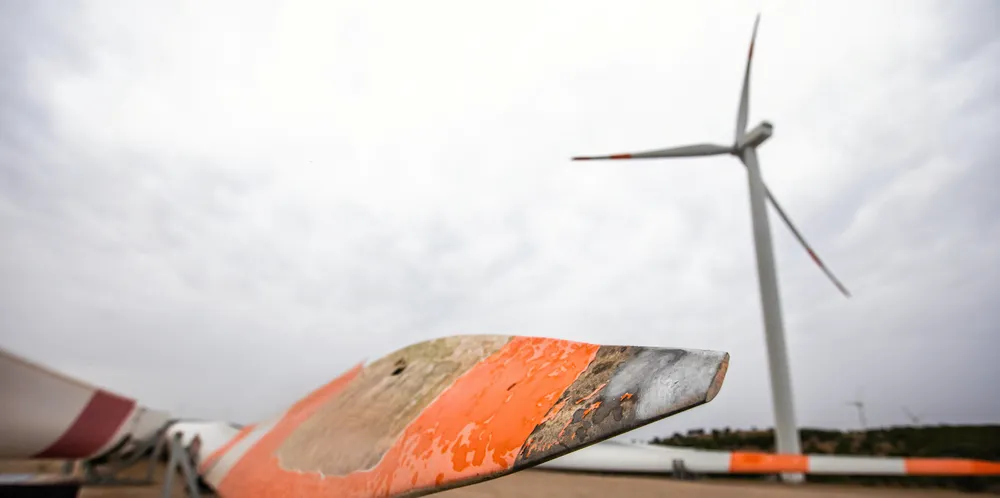‘Bigger turbines, bigger problems’: warning over wind power arms race quality toll
Onyx study says 'it’s no surprise that manufacturing quality has diminished'

Wind turbine manufacturers must end the “price competition spiral” of rushing out bigger models at lower costs to stop a reliability crisis in the industry, according to a new report, whose author says the woes at Siemens Gamesa are indicative of wider issues.
An earlier “boom” in the wind power industry led manufacturers to push through a dizzying array of designs on ever tightening time frames, according to the report published by O&M specialist Onyx Insight.
Turbine blades have almost tripled in size over the last 15 years, with engineers “pressured to squeeze as much performance out of the component as possible,” leading to “higher stresses” on the materials.
“It’s no surprise that manufacturing quality has diminished,” said the report, and this is being felt by industry figures.
Onyx, which spoke to over 40 key players across the global industry that own and operate wind turbines, found that 56% of respondents predicted reliability issues due to new turbine technology – almost as many as did with ageing assets (69%).
There is now less room for errors and defects that can lead to a “catastrophic failure”, found the report.
“In the past, a blade failing would mean an expensive replacement. However, these days a failure could destroy the entire turbine.”
Operators could face a $10m bill for replacing the turbine, as well as an up to 10 month wait time. And with turbines changing so quickly, there is a risk the design will not be available at all.
All this means that asset owners “cannot afford major blade failures.”
Reliability issues fuel ‘bad news and large losses’
One thing the report said could help address these issues is increased automation, which is “yet to realise its potential” in the wind industry due to manufacturers producing low sizes at low volumes compared to, for example, car manufacturing.
Automation will require investment and “higher volumes of a smaller range of turbine models,” but the report argued that “increasing consistency will feed into product quality if done correctly.”
They had reported “bad news” and “large losses” that were “partially driven by unreliability of new machines causing quite a lot of pain for them.”
The crisis at Siemens Gamesa was “an example of the reliability problems that have been plaguing newer models.”
‘Onto the next design’
Crowther also questioned trade offs made in the industry between materials selection and costs, potentially leading to less robust turbines.
Add in compressed design cycles and testing processes and you arrive at what the report calls a “crisis” for OEMs.
You can test one prototype turbine, said Crowther, “but you haven’t really tested it until you’ve built hundreds of them and put them in different sites, found out problems and revised it.”
“It’s a little bit like if you buy a Ford Fiesta,” he said. If you get a model that’s been in production for four years or five years “you’re going to have less problems than if you bought the first model.”
“The wind industry has had a lot of teething problems on new designs,” he said. But by the time they’re understood, “they’re moving on to the next bigger design.”
Crowther also said GE has been cutting down its own aftercare services for the same reason, to focus on manufacturing. He argues this is a good thing as he believes local players can do a better job of servicing turbines than manufacturers with sprawling global operations.
Another key issue tackled in the report was the digitalisation of turbines, which can help with condition monitoring, major component management and intelligent planning.
The report found there has been a “notable shift” in wind organisations digital capabilities since the Covid-19 pandemic, although the consensus is that there is “much more to do.”
Turbine operators who invest in online monitoring “won’t need to manually inspect every component annually,” said the report. “They can simply report on what isn’t working remotely.”
And while there will be some cost implementing new technology, Crowther said those who do not invest “might end up being left behind, and then they won’t be in business”.
(Copyright)